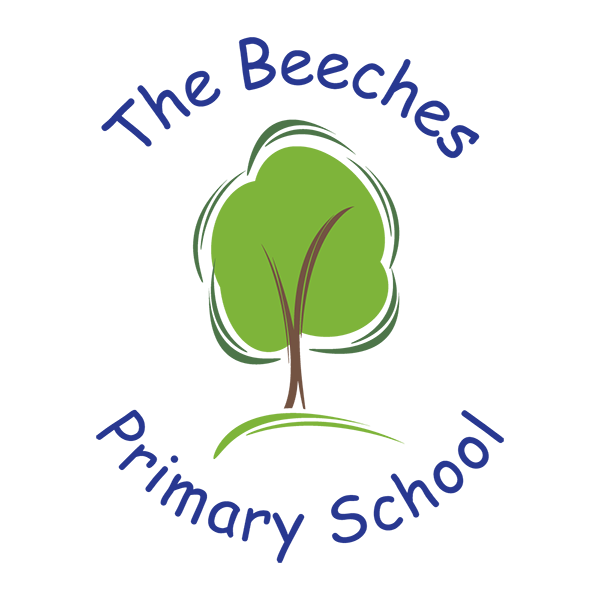Computing
Intent
At the Beeches Primary School, it is our intention that Computing will encourage children to be creative and develop their understanding of the whole curriculum. By using computational thinking, deep links are made with Mathematics, Science and Design and Technology. Computing is a fantastic way to build on knowledge, so we intend to equip children to become digitally literate. Many of our children have joined us from different countries so it is essential that we provide them with skills that builds on their own rich experiences and their ideas. Through computing, we intend for our children to express themselves through information and communication technology and build on this throughout their educational experience at the Beeches Primary School. With this knowledge they will become active participants in a digital world.
Implementation
At the Beeches Primary School, Computing is taught with the intention of applying fundamental principles into children’s learning through pedagogy. With Discovery Education Coding, pupils will gain a thorough understanding of coding concepts like algorithms, sequences and variables - as well as developing computational thinking skills through decomposition, logical reasoning and problem-solving.
The coding curriculum develops curiosity and promotes challenge and provides opportunity for meaningful connections. Learning is scaffolded by breaking each unit down into bite-size chunks that enable the pupils to master each skill before moving on to the next.
On Discovery Education Coding, free code opportunities provide pupils with plenty of room for creativity with open-ended activities at the end of each unit to stretch pupils resilience and challenge them to come up with their own ideas, adding new objects and actions to those they’ve used in lessons. Pupils can go even further with the free code area which allows them to write their own code from scratch using the full library of coding blocks available.
Realistic programming challenges provides contexts used throughout that are interesting and motivating for pupils with a tangible output at the end of each lesson. Whether pupils want to make a space rocket fly, Red Riding Hood walk through the forest or feed a hungry monster there is something to inspire every pupil. The block coding lessons provide a graphical approach to coding where pupils drag and drop events, objects and actions to make things happen in a program, progressing to building their own games and apps.
A cross-curricular approach is implemented to develop digital literacy and provide children with opportunities to apply learning in various contexts. These connections and links are implemented to ensure children are competent, confident and creative users of information and communication technology.
Impact
By the end of KS1, children will understand what algorithms are; how they are implemented as programs on digital devices; and that programs execute by following precise and unambiguous instructions. They will create and debug simple programs, use logical reasoning to predict the behaviour of simple programs. They will use IPAD technology purposefully to create, organise, store, manipulate and retrieve digital content. Children will use technology safely and respectfully, keeping personal information private; identify where to go for help and support when they have concerns about content or contact on the internet or other online technologies
By the end of KS2, children will be able to design, write and debug programs that accomplish specific goals, including controlling or simulating physical systems, and solve problems by decomposing them into smaller parts. They can use sequence, selection, and repetition in programs; work with variables and various forms of input and output and use logical reasoning to explain how some simple algorithms work and to detect and correct errors in algorithms and programs. Children will understand computer networks including the internet; how they can provide multiple services, such as the world wide web; and the opportunities they offer for communication and collaboration. By the time children finish KS2, they will use search technologies effectively, appreciate how results are selected and ranked, and be discerning in evaluating digital content. They will use technology safely, respectfully and responsibly; recognise acceptable/unacceptable behaviour; and identify a range of ways to report concerns about content and contact.
Across the school, children will develop an investigative mindset. An important part of this learning is computational thinking, which is achieved in partnership with the Espresso software where language and computing skills are built together, hand in hand, year on year through their comprehensive but adaptable scheme. Children are expected to be creative in every lesson. Computing with Espresso lessons can be broken down into three areas: reflecting on prior learning; new skills taught; and taught skill implemented by children into their own code without limits. Children will find this open creative element to be most enjoyable embedding the skill. Pupils use the code taught over the unit in order to develop practical applications, games and animations.
Subject Leaders
Mr Beasley, Mr French and Mrs Hussain
Below is our draft subject progression document that shows the content of our school curriculum in each academic year. Our progression documents are constantly being updated and refined to achieve the very best possible outcomes for our children.
